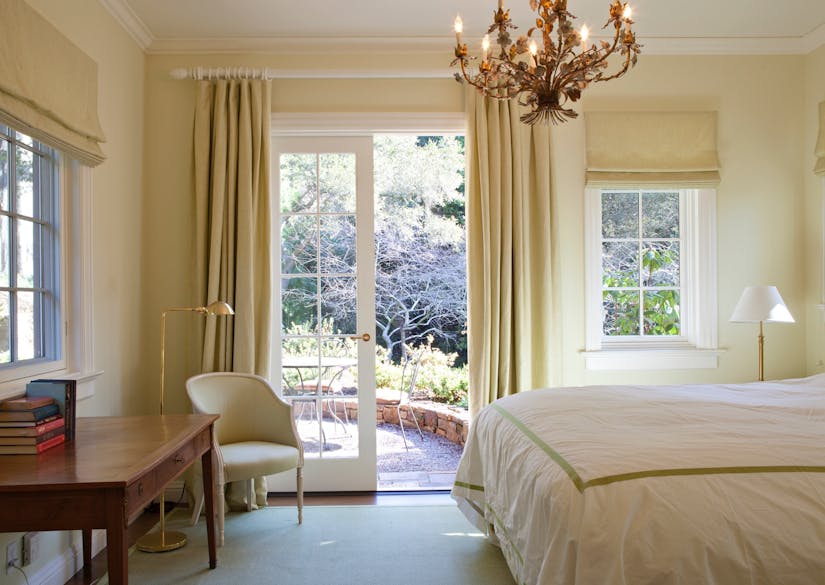Why Prime Before Painting?

Painting is a process, and one of the traditional steps is priming – but is it really necessary? On the surface it seems that priming only adds cost and time to your project, so why is it so often recommended? In this article we’ll talk about the benefits of priming and the situations when priming is and is not necessary.
Benefits of Priming
Before we get to specific scenarios when you should use primer or when you can skip it, it’s important to discuss the benefits of primer. Contrary to some beliefs, primer is not just a useless coat of white paint underneath the colored paint. Some of the benefits of primer include:
- It seals pores in unpainted surfaces such as drywall and wood.
- It covers imperfections such as parts of the wall that have been patched or repaired.
- It provides a surface for the paint to stick to.
- It helps block out stains and odors.
- It brings the paint color back to neutral so when the new paint goes on in its true color.
- It optimizes the surface so fewer coats of top coat paint are needed.
In providing these benefits, primer can actually save time and money. Primer is cheaper than paint, so it helps you coat the surface and take care of issues using a cheaper material than top coat paint. Also, once priming is complete you can expect less time and fewer coats of top coat paint to complete the project.
When You Should Use Primer
Now that you know the benefits, you’ll better understand why you are advised to use primer in many painting situations. This includes:
New Drywall or Unpainted Wood
Both of these surfaces are very absorbent – put a coat of paint on and it vanishes as it is absorbed into the material, so you end up having to put multiple coats on before you get a nicely covered area. Why waste your expensive paint on material absorption? Primer is a cheaper alternative that will fill in the pores and get the surface ready for painting. Once primed, the top coat of paint should cover nicely in just one or two coats.
Major Color Changes
If you’re making a major color switch, painting over the existing color will not give you the correct color of your new topcoat – the old color will bleed into the new color and you’ll get a shade that is some combination of both. Primer will help you get the correct color because it brings the surface back to white – a blank slate to start over. This is particularly important if you are going from a dark color to a light color.
Painting over Glossy or Oil-Based Paints
The new paint will need a surface it can adhere to, and it won’t work if you are painting over an oil-based or glossy paint. Instead use a bonding primer, which will stick to the glossy surface and provide an outer layer that the top coat paint can stick to.
Patched or Repaired Drywall
If you have to repair the drywall, you will be using spackle or joint compound which creates patches along your wall. Since these patches are a different color than the current paint, they will stick out like a sore thumb when you paint over them without priming. Priming gets all surfaces back to a neutral white, so these imperfections cannot be seen.
Covering Stains or Odors
If your walls have stains, such as greasy spots or crayon marks, they will continue to show through the new paint. Also, strong odors such as cigarette smoke can stick to the walls and without priming you can still detect them. To eliminate these problems, prime first to block them out.
In the situations above you can clearly see how the benefits of primer help solve specific problems and lead to cost and time savings. In some cases you can skip the priming step – such as repainting over previously painted, light colored surfaces that are not oil-based or glossy. However, in most circumstances priming is a beneficial step in the painting process that should not be skipped.
Want to learn more about painting from the experts at MB Jessee? check out our Painting Tips board on Pinterest and then give us a call at (510) 655-7000 to discuss you next painting project.



























